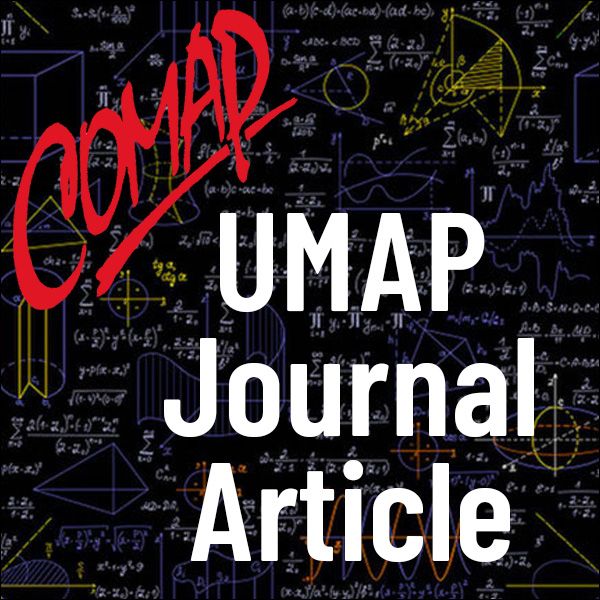Farmer Klaus and the Mouse (UMAP)
Author: Paul J. Campbell
Farmer Klaus and the Mouse [Goßen and Rubin 1997] is a cooperative board game for children ages 3 and up that has both chance and strategy aspects. We use mathematical analysis-specifically, the technique of dynamic programming-to determine how often the children win the game under best play (about half the time) or under worst play (about 40% of the time). The game has been very popular in Germany, where it is the most frequently borrowed game at some community libraries [Gemeindebibliothek Rothlein 2001; Magistrat der Stadt Langen 2000]. We give results also for a similar game, Obstgarten [Farkaschovsky and Matheis 1986]. The short dynamic program itself (in Mathematica) and commentary on it are in an Appendix.
Table of Contents:
INTRODUCTION
THE GAME
The Setting
Equipment
Set-Up
The Play
THE QUESTIONS AND APPROACHES TO THEM
SIMPLIFIED VERSIONS OF THE GAME
Only One Kind of Grain...
...And no sack
...And the sack counts as a grain
...And the sack counts as a mouse
Example: Probability of Winning From A Simple Game Position
WHAT TO DO WHEN YOU ROLL A SACK?
Example: Comparison of Strategies
RESULTS
CONFIRMATION VIA SIMULATION
THE GAME OBSTGARTEN
APPENDIX: THE DYNAMIC PROGRAM
Why Mathematica?
The Data Structure
Parameters
Subsidiary Functions
The Main Function f, for Best Play
Coding Worst Play
Adapting the Program to the Game Obstgarten
REFERENCES
ACKNOWLEDGMENTS
ABOUT THE AUTHOR

Mathematics Topics:
Application Areas:
You must have a Full Membership to download this resource.
If you're already a member, login here.